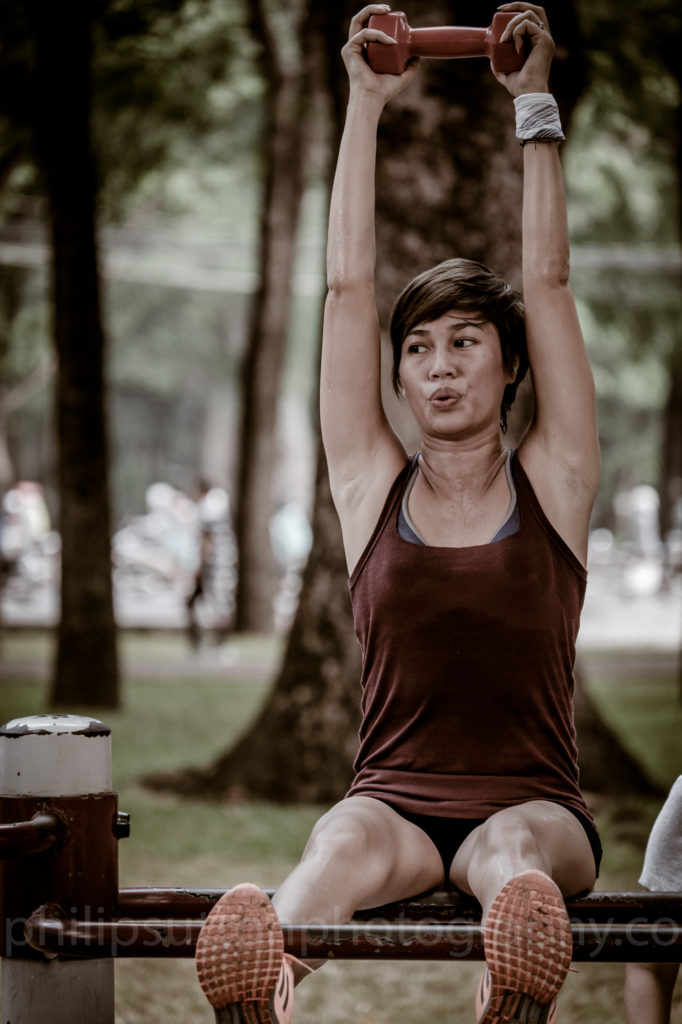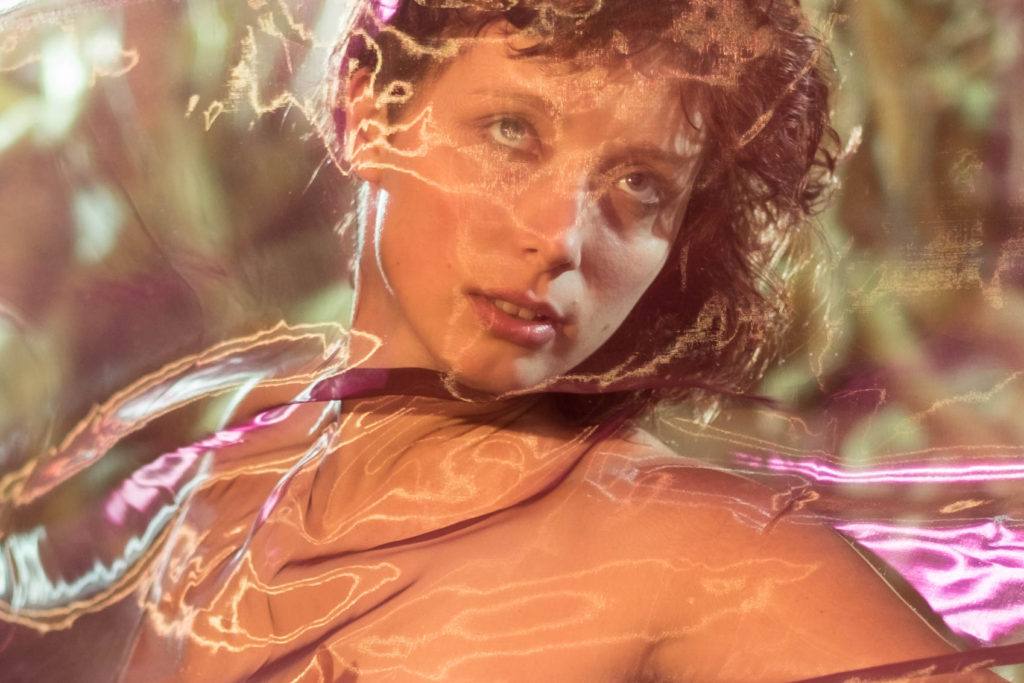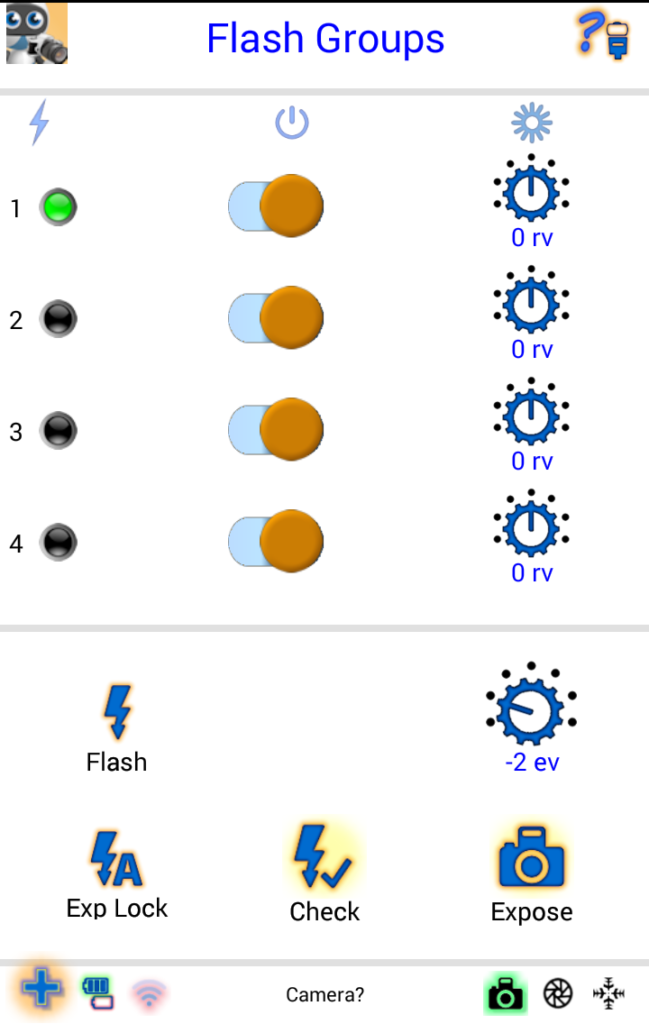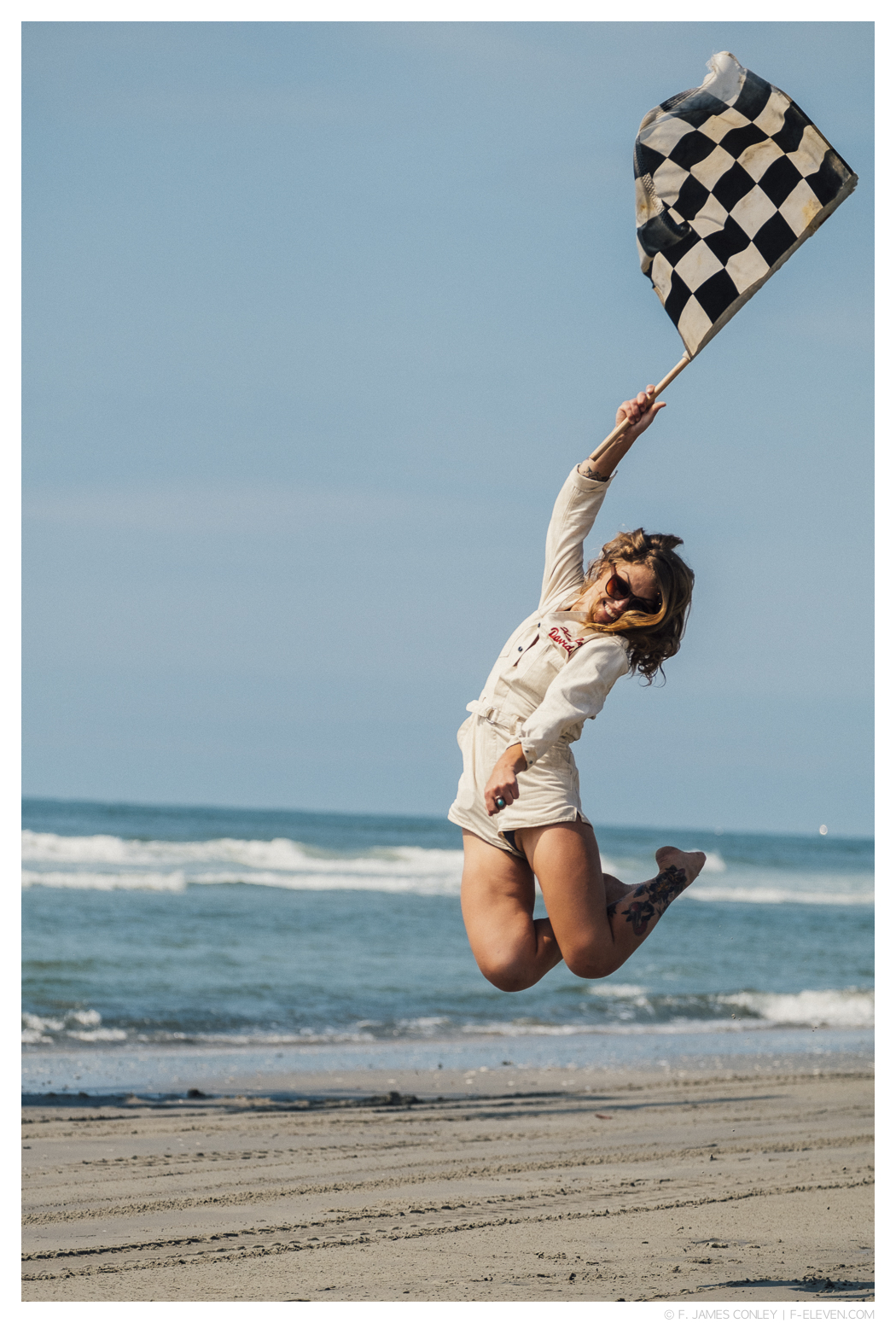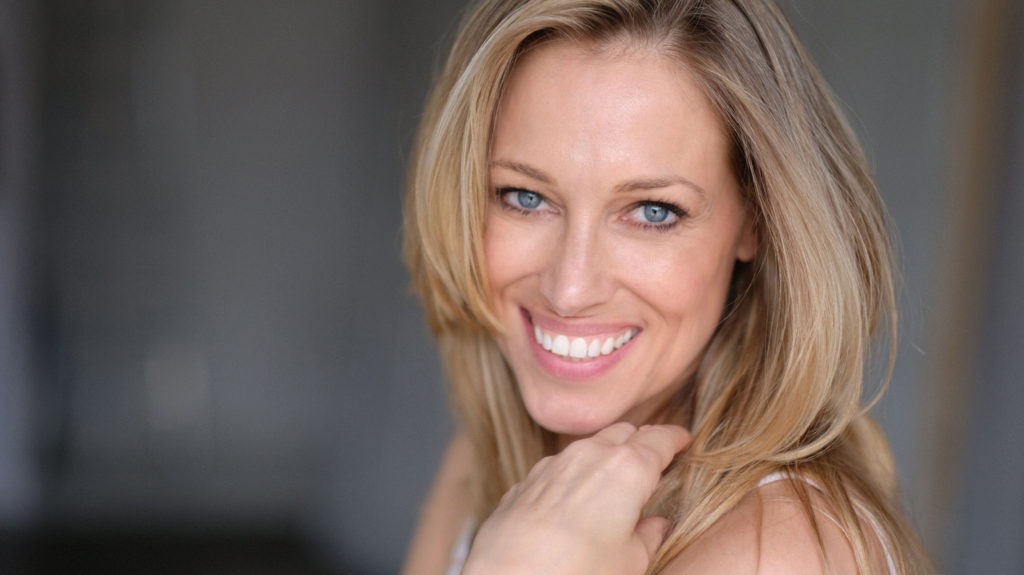The Architectural Charm of Porto
NEW GUEST POST FEATURE
Write Your Articles Directly On FujiRumors!
_ _ _
guest post by Adam – adambonn.com website
Hello Fujirumours readers!
I was recently incredibly flattered by Patrick kindly publishing my (shot entirely with the X-Pro1 and X-T1) story about the stray cats of Porto, which you can read here
Someone in the comments section did lament that there were no actual scenes of Porto in that post.
It’s a fair comment, (because there weren’t) but the story was about stray cats!
However I fully understand, Porto is a charming city, and in my opinion a photographer’s delight.
Not only are there all the ‘street’ opportunities offered by a major city, but the very fabric of the city itself is a interwoven juxtaposition of old and new, shiny and faded.
So, as a follow up here’s a post about Porto itself.
Now I’ve got to warn you… this won’t be some postcard series where we just stand on the banks of the Douro and take some snaps of the Ribeira shoreline, nor we will we hang around the Dom Luís I bridge and shoot the Metro.
Today I’ll take you, ever so slightly off the well trodden track.
So sit back, get comfy and pour a moderate glass of Sandeman and we’ll begin!
After several visits to Porto, we decided to make it our home, can I offer any further proof of my love for this city?
Street photography may very well live and die by the people in the shot, or the humanistic nature of the image captured, but in a wider sense street photography often requires the context of the background.
But equally, some times the background is the shot!
Porto is no modern spring chicken, much of it is very, very old and parts of it have, well frankly, seen better days.
It’s this combination of people and scenery that will capture your eye when you’re here, so let’s take a look at the architectural charm of Porto.
All are shot on the Fujifilm X-Pro1. A camera that I love dearly, and a body that I find for me; ideally suited for the street/documentary/reportage subjects I like to shoot.
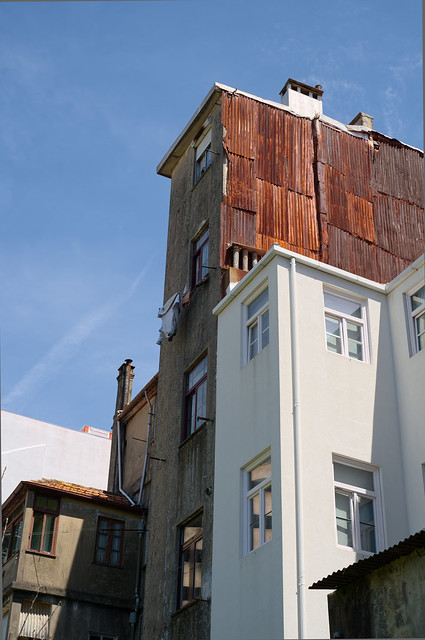
Old and new, this side-by-side nature is so often seen here. I shot this with the XF35/1.5 @ F5.6. This was taken from the garden of Casa Branca, which is a healthy eating Café within Porto’s cultural space. (I don’t love salads… But I really enjoyed theirs!)
The Story Continues: Push READ MORE

